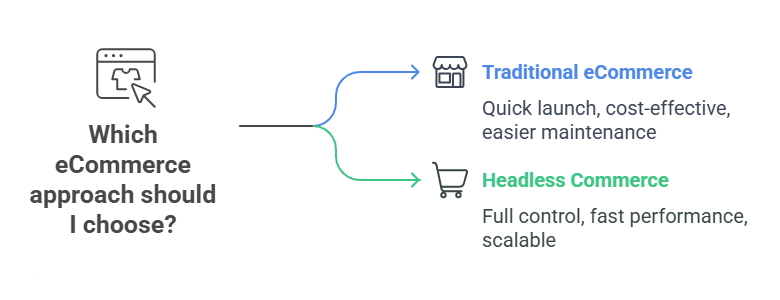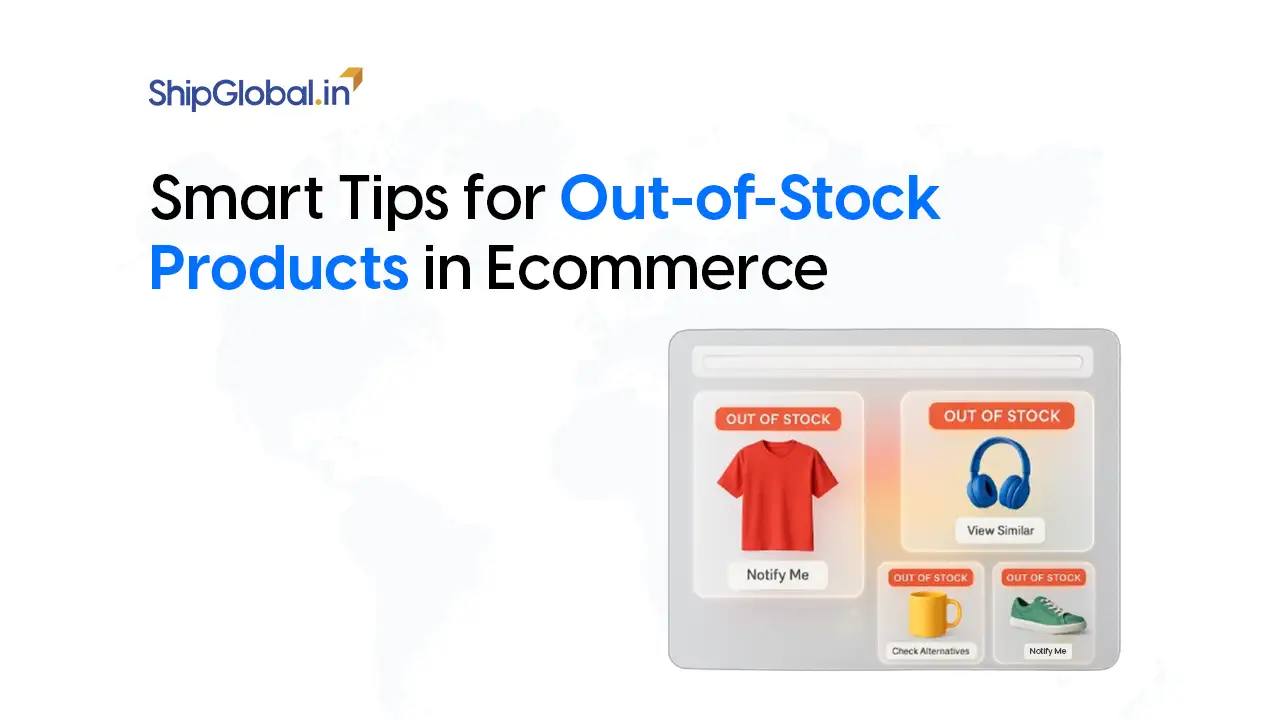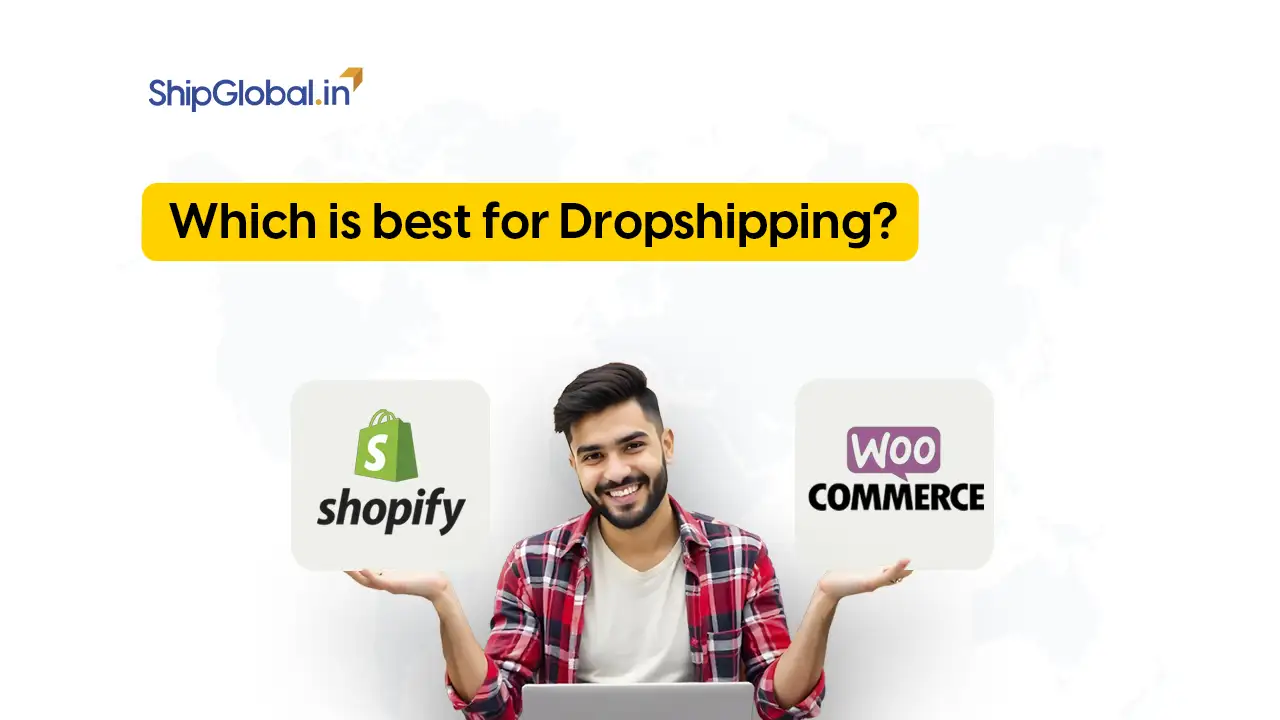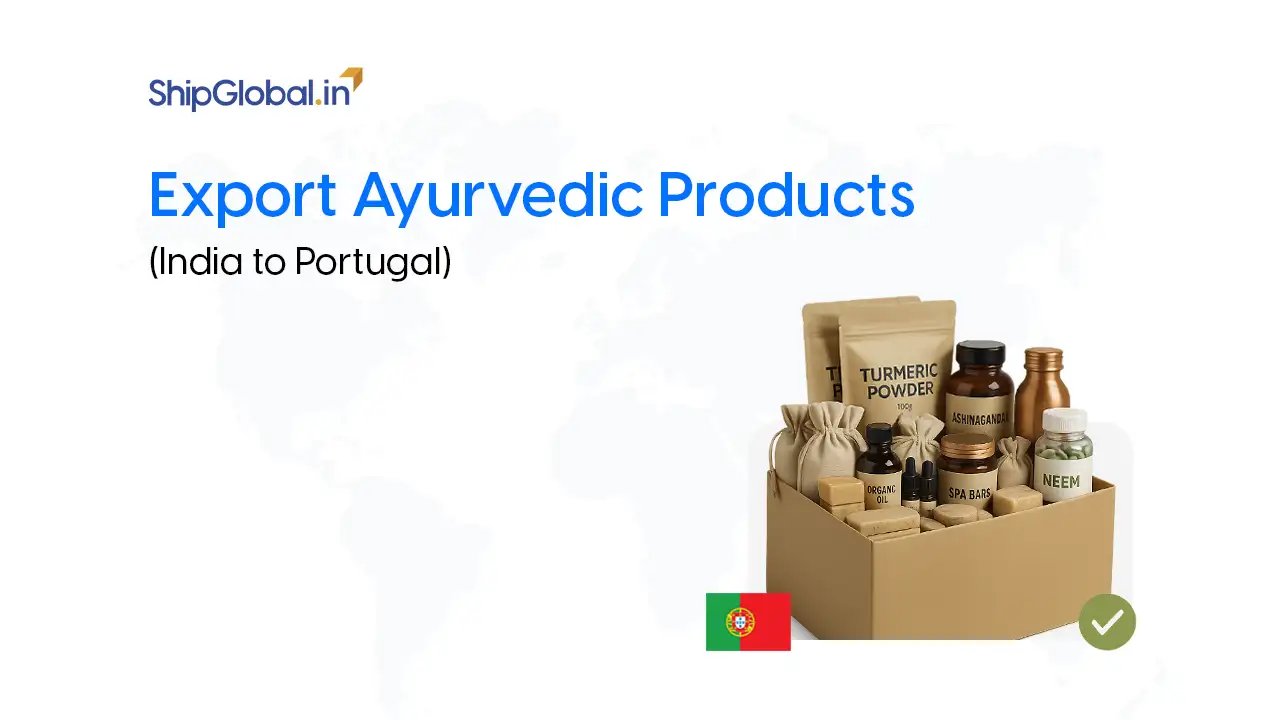Let’s face it: eCommerce is evolving at lightning speed. Today’s Shoppers expect fast, personalized, and seamless online experiences; anything less won’t cut it. That’s where Headless Commerce comes in, shaking things up and offering a powerful new way to build online stores. And guess what? Shopify is all-in on headless for 2025, rolling out tools like Hydrogen and Oxygen to make this future more accessible than ever.
So, should you be thinking about making the switch to headless on Shopify? Let’s break it down together.
First Things First: What is Headless Commerce
Imagine your website’s front-end and back-end are like your body and brain. In traditional eCommerce, they’re tightly connected; you change something in one place, and it affects the other. But with headless commerce, you separate the two. This means you can use any front-end tech you want while still tapping into Shopify’s powerful eCommerce engine in the background. Pretty cool, right?
This API-first commerce approach opens the door to incredible flexibility and customization.
Headless vs Traditional eCommerce: What’s the Difference
Think of traditional eCommerce as a pre-built house, great for getting started quickly, but not so easy to remodel. Headless commerce, on the other hand, is like starting with an open floor plan. You can build the exact experience you want.
Traditional eCommerce Pros:
- Quick to launch
- Cost effective
- Easier to maintain
Headless Commerce Pros:
- Full creative control over the front-end
- Blazing fast performance and better SEO
- Super scalable and adaptable
- More future-proof tech
In 2025, these differences matter more than ever as customer expectations skyrocket.

Why Shopify is Going All-In on Headless
Shopify saw the writing on the wall early and decided to give merchants the tools they need to go headless. Enter Shopify Hydrogen and Oxygen.
Meet Hydrogen
Hydrogen is Shopify’s React-based toolkit for building custom storefronts. If your dev team speaks React, they’ll love it. It includes:
- Built-in components (cart, collections, product pages)
- Server-side rendering for speed
- Tight integration with the Shopify Storefront API
Hydrogen gives you a head start when building a unique, high-performance storefront.
Say Hello to Oxygen
Oxygen handles global hosting for Hydrogen storefronts. So, you don’t have to worry about speed, reliability, or setting up complex infrastructure. Shopify takes care of it all.
Together, these tools are lowering the barrier for businesses to go headless and do it right.
Composable Commerce: Mix and Match Like a Pro
Here’s another buzzword you’ve probably heard: Composable commerce architecture. It’s all about choosing best-in-class services for each part of your eCommerce stack and stitching them together with APIs.
You might use:
- Contentful or Sanity for your CMS
- Algolia for product search
- Nosto for personalization
Shopify stays at the heart of it all, but you’re free to build your dream stack around it.
Big Wins: The Benefits of Headless on Shopify
So, what do you get by going headless on Shopify? Here’s a quick rundown:
- Speed: Your site loads faster, especially on mobile.
- Customization: Design whatever you want, no theme limitations.
- Omnichannel Reach: Seamlessly connect with users across web, apps, POS, and more.
- Scalability: Better handling of high traffic and global audiences.
- Developer Happiness: Tools like Hydrogen + Storefront API make building easier.
- Future Readiness: Easily plug in new tools and tech as they emerge.
It’s like giving your online store a performance and creativity superpower boost.
What About PWAs
One of the best use cases for Shopify headless is building Progressive Web Apps (PWAs). These are like mobile apps that live in your browser:
- Load fast (even on spotty Wi-Fi)
- Can work offline
- Send push notifications
- Feel smooth and app-like
Pairing headless with PWAs is a smart move if you care about mobile users, which you definitely should.
Okay, But What Are the Downsides
Let’s be real: going headless isn’t all sunshine and rainbows. There are some trade-offs:
- Costs: You’ll need a developer (or even a team) to build and maintain it.
- Longer build time: It’s not plug-and-play like traditional Shopify themes.
- More complexity: You’ll juggle multiple systems (CMS, front-end, APIs).
- SEO setup: You’ll need to nail server-side rendering to stay SEO-friendly.
If you’re not ready to handle those things, sticking with traditional Shopify might be the better call for now.
Shopify Plus + Headless = Enterprise Power
If you’re on Shopify Plus, headless becomes even more appealing:
- You get higher API limits
- More advanced custom checkout options
- Access to priority support and dedicated success teams
Big brands love this combo because it gives them power, flexibility, and scalability.
Is Headless Right for You
Ask yourself these questions:
- Do I want more control over my site’s look and feel?
- Is my current setup too slow or clunky?
- Am I selling across lots of platforms and devices?
- Do I have (or can I hire) developers to manage this?
If you said yes to most of those, headless might be the next big step in your eCommerce journey.
Looking Ahead: Headless Shopify in 2025 and Beyond
The headless movement is only gaining steam. Shopify is investing heavily in making it smoother and more powerful:
- Storefront API is getting richer and faster
- Hydrogen and Oxygen are evolving rapidly
- More integrations are available out of the box
The future of Headless Shopify 2025 is all about empowering merchants to create unforgettable customer experiences without the limitations of a traditional setup.
Final Thoughts: Ready to Go Headless
Here’s the deal: Headless commerce on Shopify is an exciting path forward if you’re ready for it. It opens up creative freedom, performance gains, and the ability to future-proof your business.
But it’s not a must-do for everyone. If you’re just getting started or don’t have dev resources, Shopify’s traditional setup is still an excellent choice.
When the time is right, and you’re ready to level up, the headless tools will be waiting for you, better than ever
FAQs
Headless commerce means separating the front-end of your website (what customers see) from the back-end (where you manage products, orders, etc.). It gives you more control over design, performance, and tech stack.
Not at all! While enterprise brands love it for the flexibility and scalability, even small to mid-sized brands can benefit especially those with specific performance or design goals and access to development resources.
Hydrogen is Shopify’s React-based framework for building custom storefronts, and Oxygen is Shopify’s hosting platform for deploying those storefronts globally.
No, but Shopify Plus offers more API limits, flexibility, and support, making it a stronger match for complex or high-volume headless stores.
Costs vary depending on your setup and developer needs. Expect higher initial investment than traditional Shopify themes, but often with better performance and ROI long-term.









